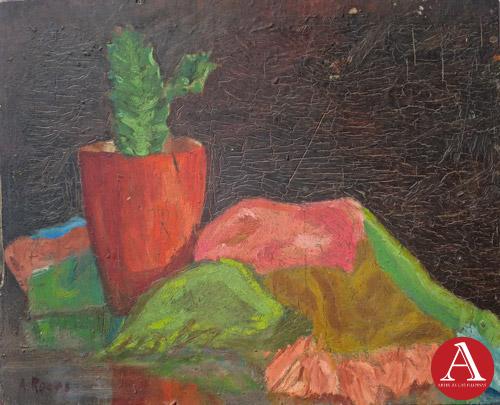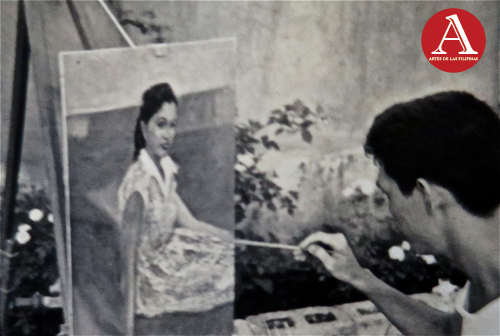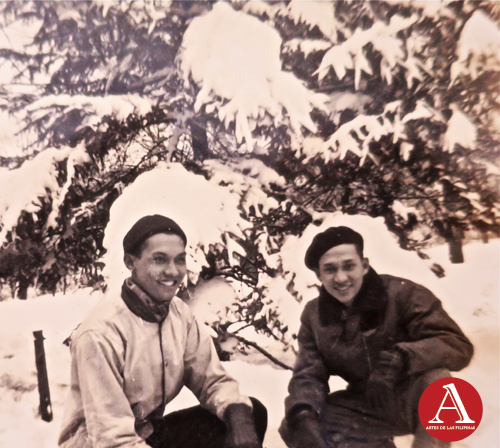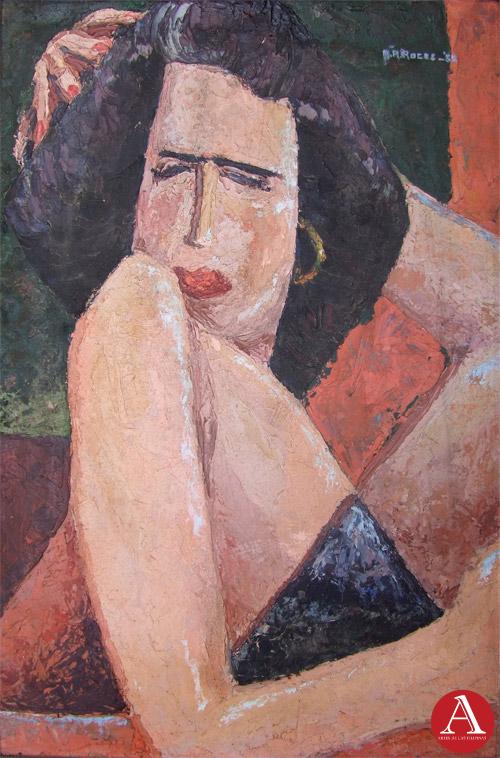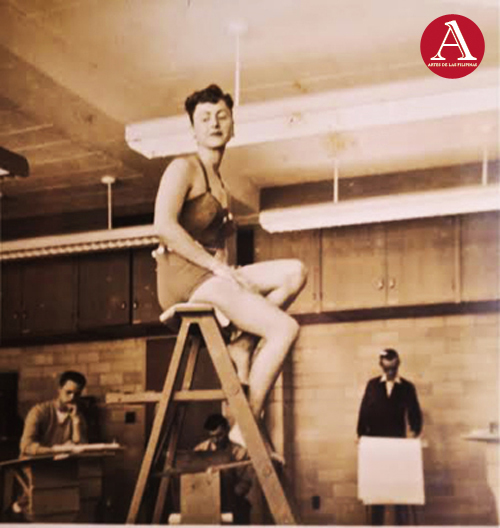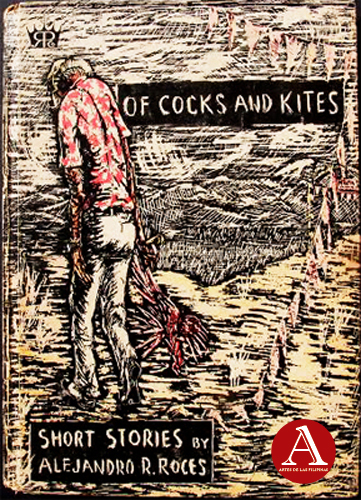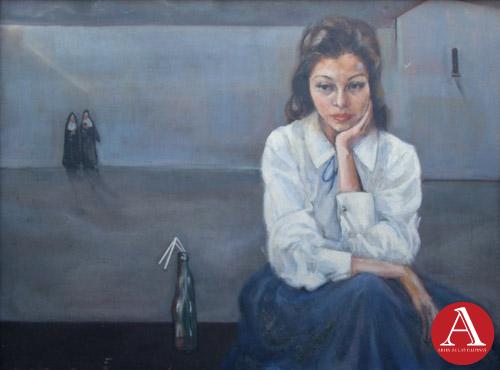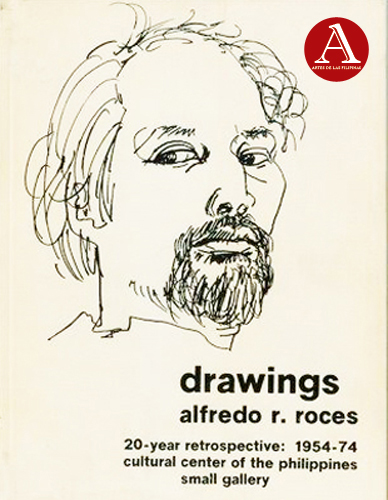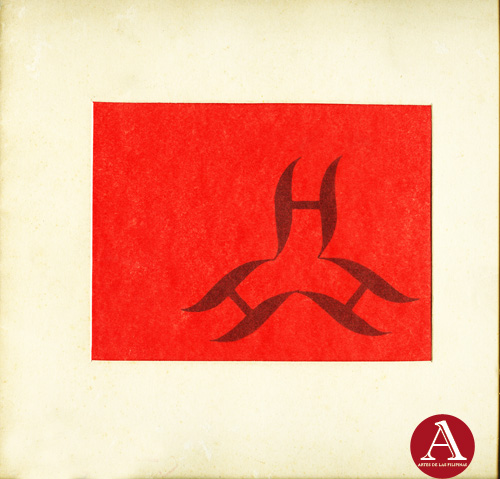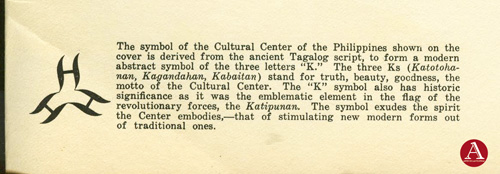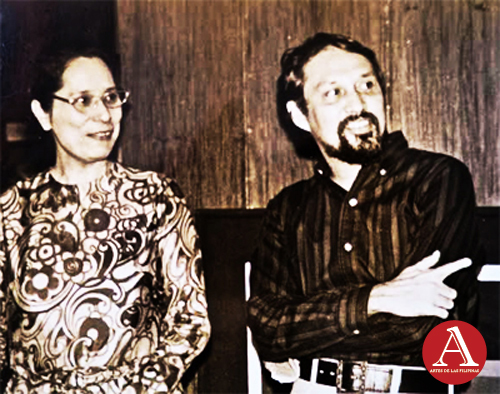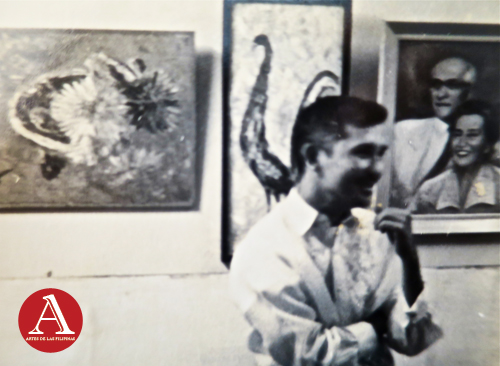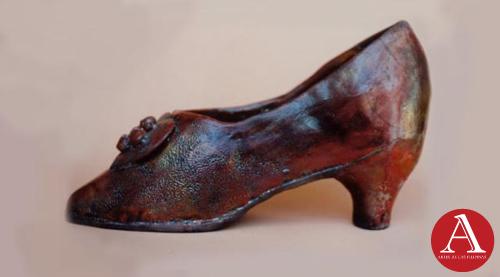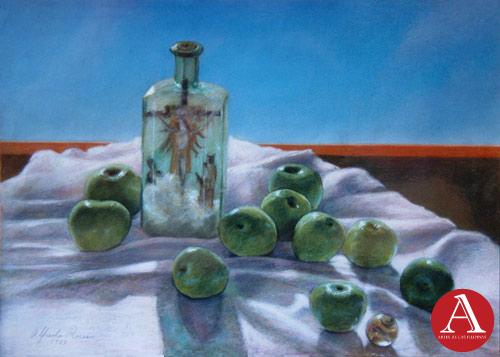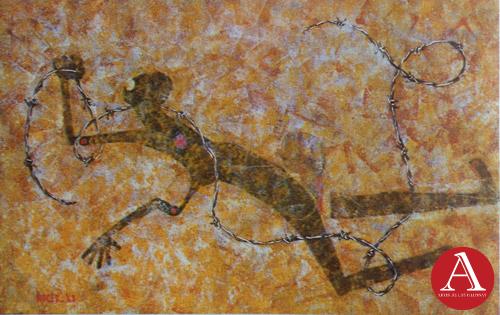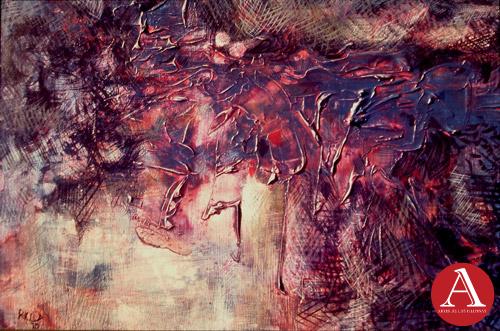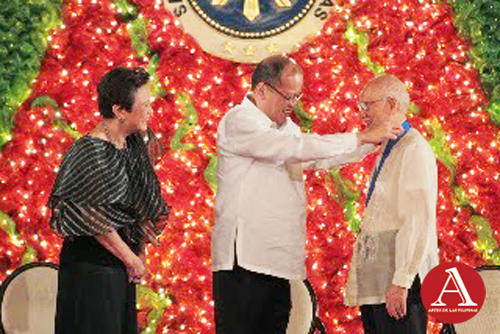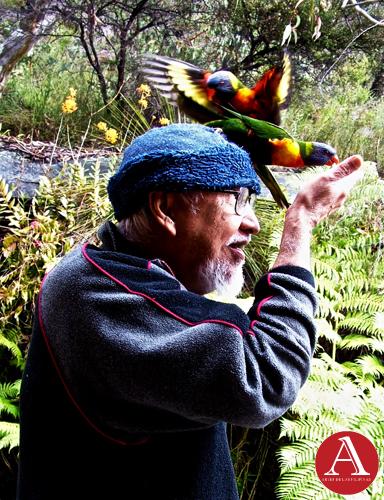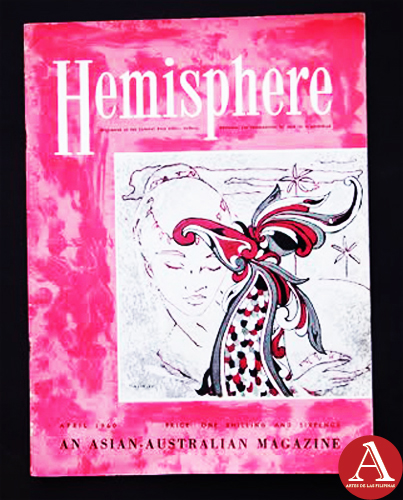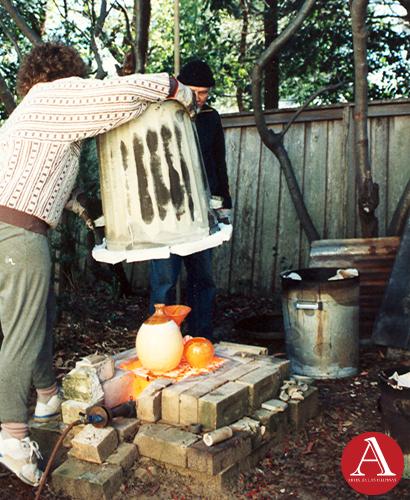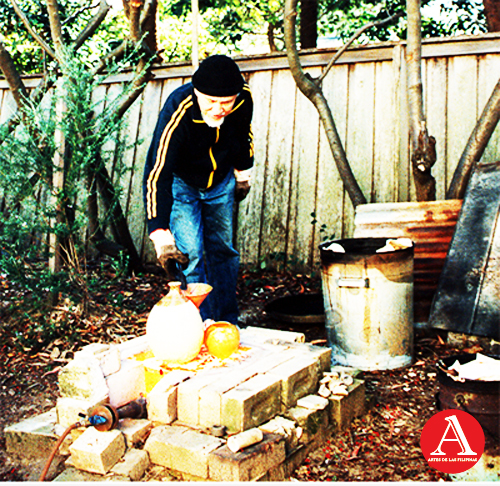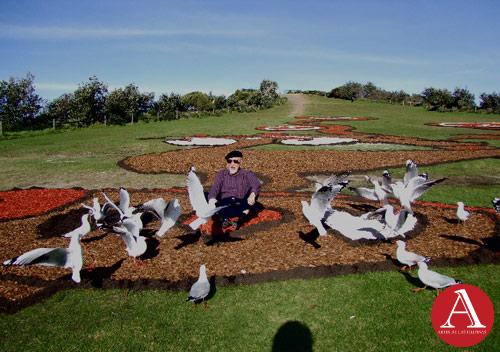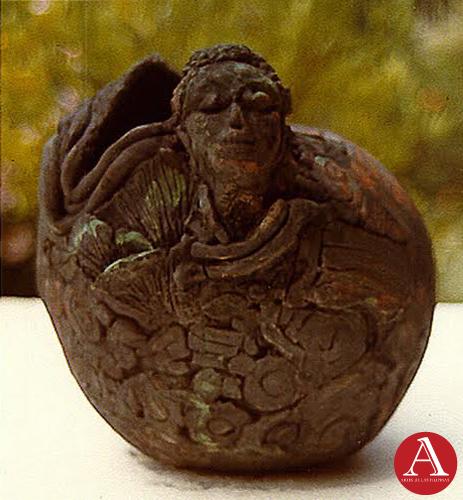A FILIPINO BOY’S FIRST WARTIME CHRISTMAS
In my youth, PEACETIME did not
take on its real meaning for like thousands of Filipinos never really had
reason to think otherwise. As an eleven year old native Filipino boy born and
raised in Manila, the capital city of the Philippines the Feast of the Birth of
Jesus was one of the highest celebrations there was since the Philippines was
89 percent Catholics.
But December 8 (December 7) 1941
tragically changed the way we prepared and celebrated Christmas.
In the Philippines the tradition
for all Catholics was to prepare oneself spiritually and socially for this
great Catholic Feast. Thus, every family followed a certain pattern of behavior
as early as the start of the Advent Season. I will never forget the ritual
which my parents and grandparents observed in preparing for Christmas.
First off, my father would make
sure that we have a live Christmas tree installed in our two story home following
the American model [for we have been under the Americans for almost one hundred
years, after being under Spain for 350 years] All around residential streets hung
decorative buntings and lanterns in the
shape of stars which were displayed in every home.
By early December my mother Sarah
which was her yearend ritual, would already be checking the shipping schedules
of American liners that brought over her orders of toys and gift items that she
had ordered through the mail order catalogue of U.S. based Sears and Roebuck Inc. Every year end, once the local firm of Sears
in Manila contacts mother Sarah my father would then send someone to pickup the
items from the South Harbor where most major ocean going vessels from the U.S.
would dock.
We were sternly forewarned by our
mother that no one can touch any of the items until Christmas Day when the
opening of the gifts take place. While this was going on, the other tradition
in our household was manned by my Grandma Salome (my father’s mother) with her
team of cooks in the person of our Aunt
Naty, Aunt Nene, and all the younger
brothers of my father. They were helped by the housemaids (and we always had a
platoon of them in every Filipino home) prepare all the food and specially
cooked Spanish-Filipino fare we serve for this great Catholic feast day.
The Christmas dishes included
Pork Caldereta, Menudo, Pochero, Lomi Soup, Lechon on a spit, Escabeche, and Sinigang
na bangus. This array of traditional
dishes is then topped by desserts which included Leche Flan, (custard), all
kinds of locally made rice passed sweets, and more.
In the meantime, about two weeks
before Christmas my father would drive towards downtown Chinatown in Manila and
procure the Chinese ham which was sought after by most Filipinos for its
quality. Once we have the ham it is
glazed by my mother with sugar and other ingredients to sweeten the ham before
serving.
There were three children in the
family, and I was the eldest and only son. Two sisters followed me in sequence.
We were always the recipients of gifts from all the aunts and grand aunts as
well as extended families as we Filipinos are known for.
When Pearl Harbor was attacked by
the Japanese Imperial Forces in December of 1941 our peaceful existence dramatically
changed.
In stark contrast with previous
Christmases where most Filipinos were often primed to put their all in the
preparation of food and other necessities designed to make the celebration
truly Catholic and definitely memorable, Pearl Harbor changed all that.
Once Pearl was attacked the
Japanese airplanes then flew towards the Philippines and began to bomb and
shell military installations in Manila where my family and I lived. We could see the effects of the bombing from
our second story residence. Thus, all the traditional preparation by our family
were put on hold. We were ordered by Philippine
President Manuel Quezon to observe blackouts by putting dark tar on windows so
that none of the living room lights would filter out onto the streets. Instead
of buying food and gifts, nothing of the sort occurred at all for we were often
in the air raid shelter whenever the siren would sound when an attack was
imminent.
The items my mother had ordered
through Sears and Roebuck never got clear or delivered because the U.S. ships
were all held at bay waiting for instructions. Soon enough, the Japanese Imperial Army were
allowed to enter Manila which was declared by Pres. Quezon as an “Open
City”. The enemy just sauntered into the
city leisurely with no shots being fired.
Soon, it was Christmas eve. We
tried to attend Mass on Christmas Eve but we saw just a handful of parishioners
in attendance and right after Mass we had to go home upon orders from the
president’s office.
Christmas Day was no different.
What we usually would be doing in past Christmases was celebrating with all my
aunts and uncles exchanging gifts and hugging one another. Nothing of that took
place on Christmas of 1941.
Instead, we had reports from the
radio of more bombings and dead and injured victims being rushed to the
different hospitals in the city.
Not far from our residence was a
school run by nuns. When the Japanese
forces came to Manila all the families of their enemies (Americans, Canadian,
Australian, etc.) were detained in this school.
I got to visit the children
once and befriended a nice looking American girl named Gigi. I had my mother wrap a little present to be
given to Gigi which I did. Just before
she and the rest were removed from the school for another place I gave her the
present through the window of one of the classrooms. She smiled at me with tears in her eyes. Soon after, they were gone.
Such was my first wartime
Christmas which I shall always remember for the rest of my natural life.




